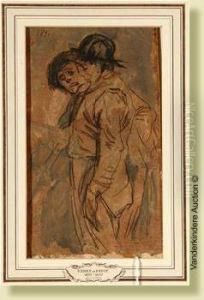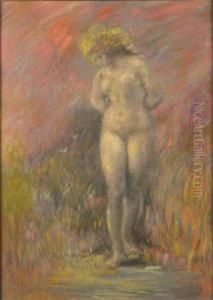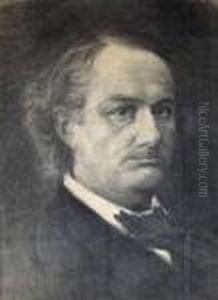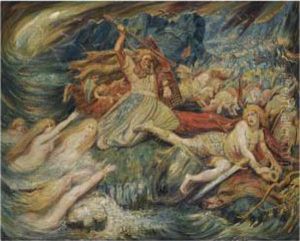Henri De Groux Paintings
Henri De Groux was a significant figure in the Symbolist movement in Belgian art, born on September 15, 1866, in Brussels, Belgium. His father, Charles De Groux, was a respected realist painter, which provided Henri with an artistic environment from an early age. Despite this heritage, Henri's work diverged significantly from his father's realism, embracing instead the more mystical and emotional currents of Symbolism. De Groux is known for his intense, often dramatic works that explore themes of war, social injustice, and human suffering, aligning him with the broader Symbolist movement's preoccupation with the darker aspects of human experience.
De Groux's career was marked by both his prodigious talent and his contentious personality. He was a member of the avant-garde group Les XX (Les Vingt), a collective of twenty Belgian painters, designers, and sculptors formed in 1883 to promote new artistic ideas. However, his relationship with the group was strained, culminating in his departure following disputes over the inclusion of James Ensor's works in their exhibitions. This incident underscored De Groux's complex relationship with the artistic community of his time, characterized by his fierce individualism and often uncompromising vision.
His most famous work, 'The Christ of the Outcasts,' epitomizes De Groux's style and thematic focus. The painting's stark depiction of societal outcasts gathered around a Christ figure reflects his deep empathy for the marginalized and his critique of societal indifference. Throughout his career, De Groux's art was celebrated for its emotional depth and technical mastery, particularly his skillful use of chiaroscuro and his dynamic compositions.
Despite his talents, Henri De Groux was not widely recognized during his lifetime, and his work was often misunderstood or overlooked by contemporary critics. He spent his later years in France, where he continued to produce art until his death on January 12, 1930, in Marseille. Today, De Groux is acknowledged as a pivotal figure in the Symbolist movement, with his works held in several prominent collections, including the Royal Museums of Fine Arts of Belgium. His legacy is that of an artist who passionately explored the depths of human emotion and societal ills, pushing the boundaries of late 19th-century art with his unique vision and profound sense of empathy.
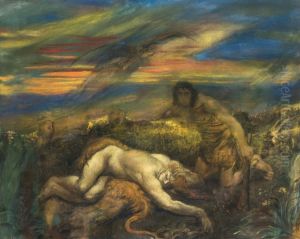

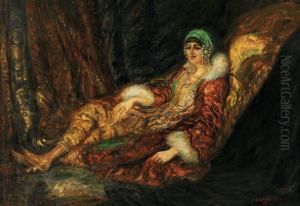
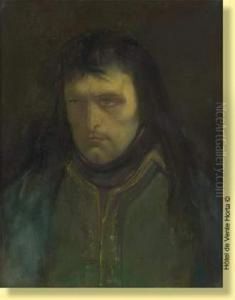

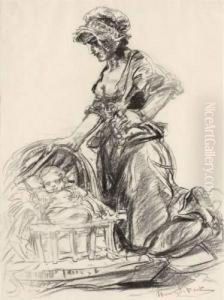
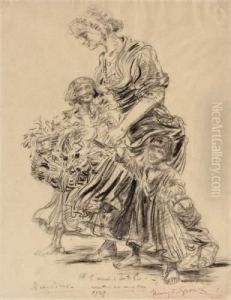
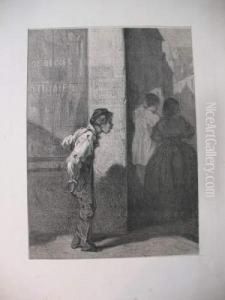
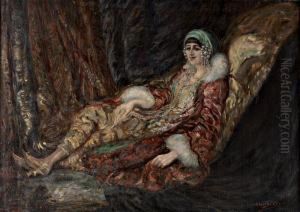
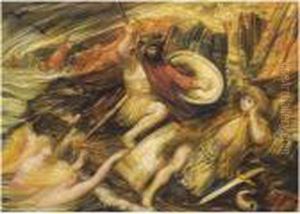
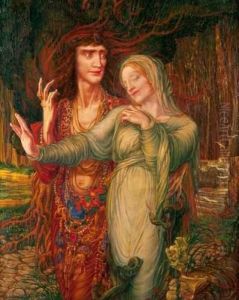
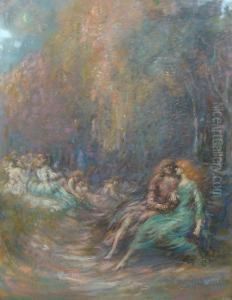
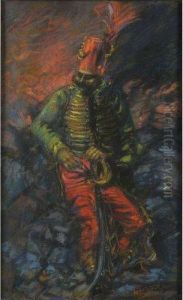
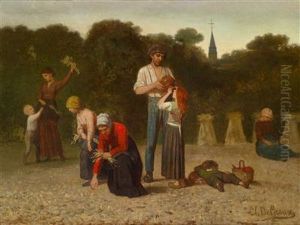
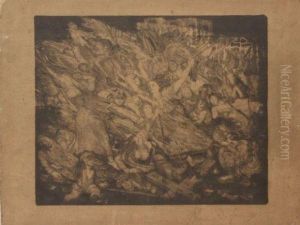
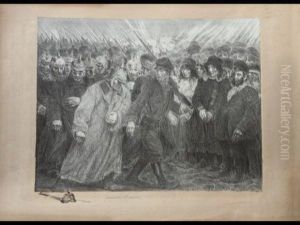
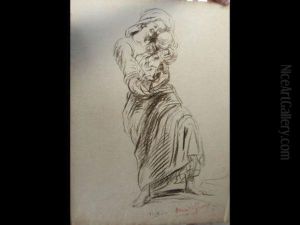
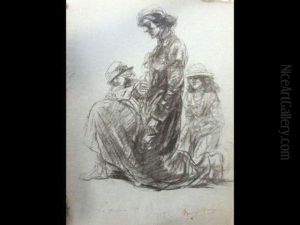
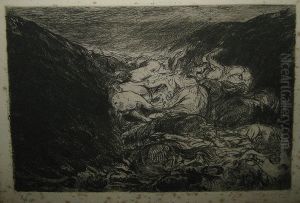

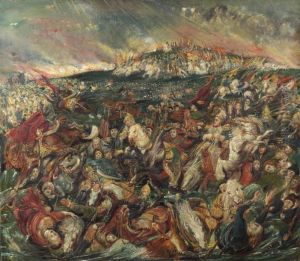
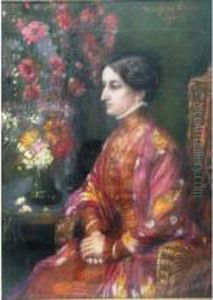
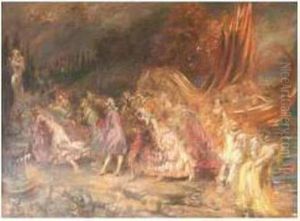
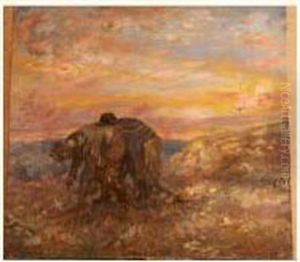
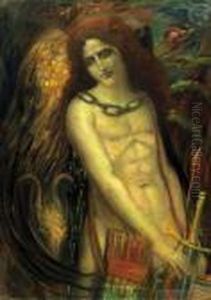


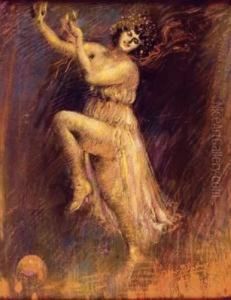
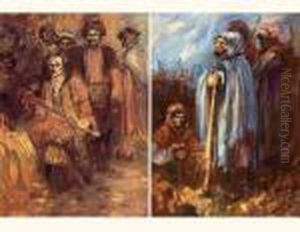

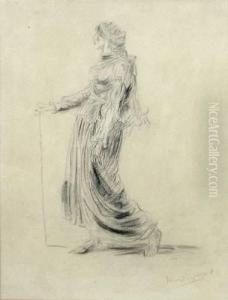



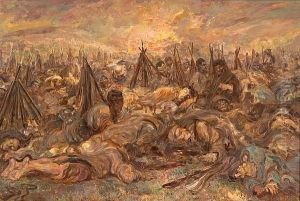
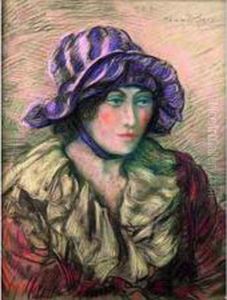
![[jeanne D'arc Sur Le Bucher]](https://www.niceartgallery.com/imgs/1262825/s/henri-de-groux-jeanne-darc-sur-le-bucher-742e57e1.jpg)
